Feeling refreshed after a good night’s sleep we took the lift down to the Sofitel’s elegant restaurant where we enjoyed a leisurely breakfast. There was a varied selection of hot and cold dishes available from the buffet as well as an a la carte menu at no extra charge. From this menu I ordered poached eggs on toast which were daintily served and cooked to perfection.
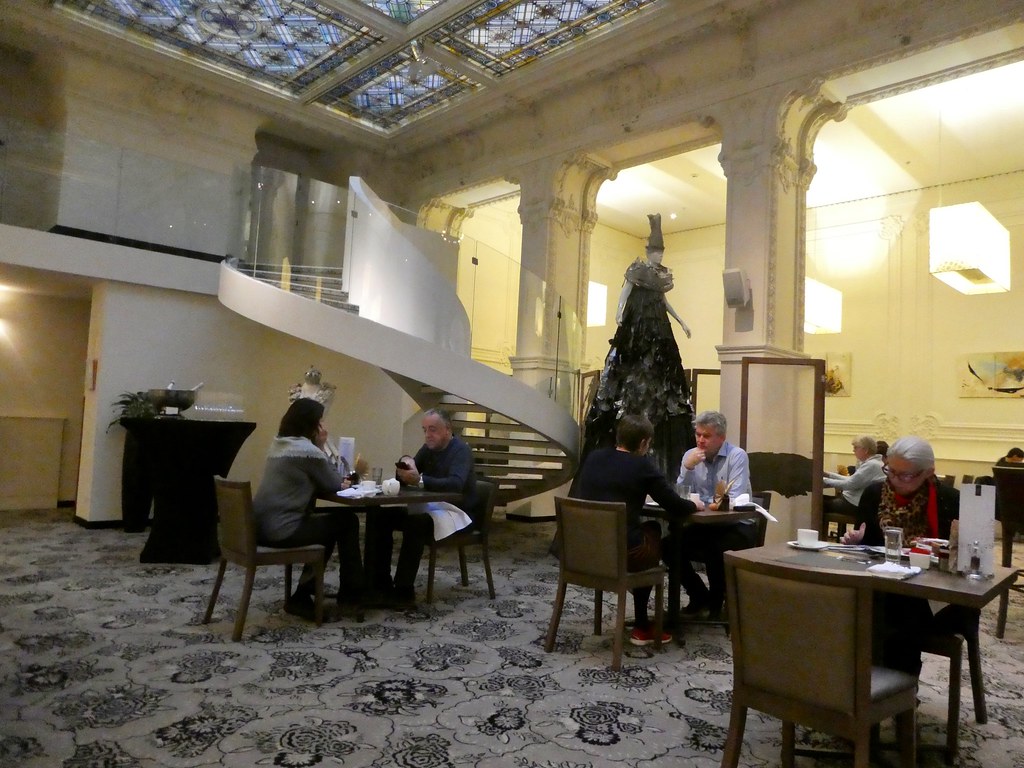
Unusually for us, it was 10.15 a.m. by the time we set off from the hotel, and made our way to the nearest tourist information office to collect our Budapest Cards. These cards are available in durations of between 1 and 5 days and include both attractions and public transport making them good value. Once the cards have been signed and dated they become active so we jumped on a tram to Lagos Kossuth Square, the home of the Hungarian Parliament which overlooks the Danube.
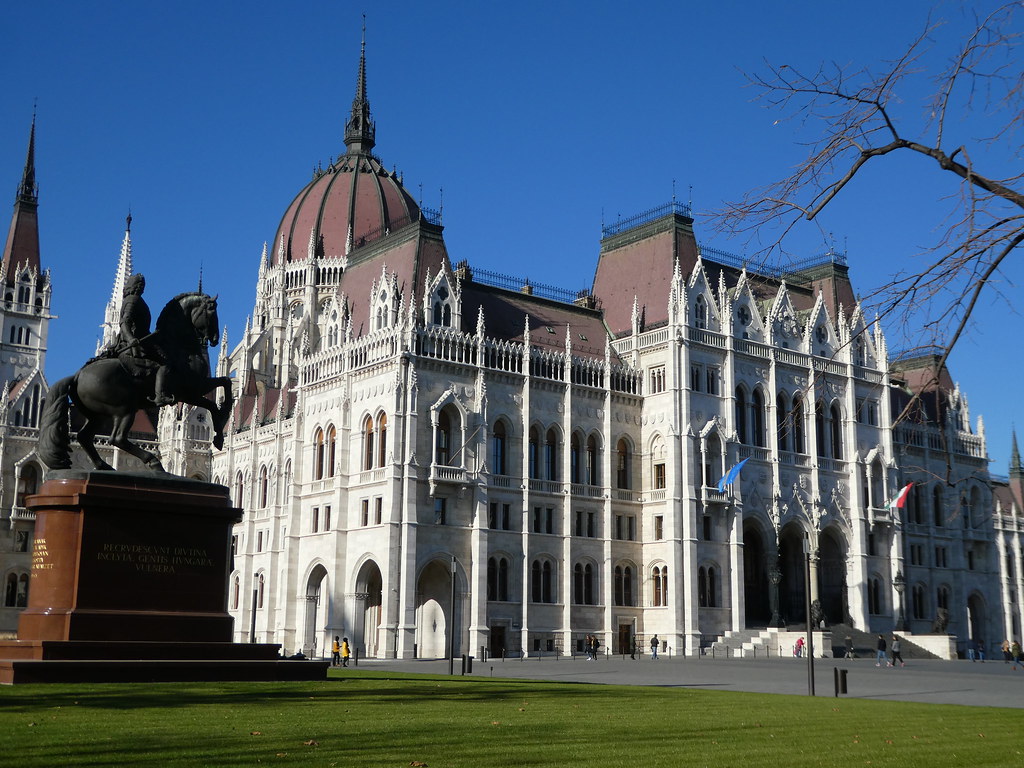
This magnificent Gothic Revival style building which is the seat of the National Assembly of Hungary was completed in 1904 and is the third largest Parliament building in the world with 691 rooms and 12.5 miles (20 km) of stairs. Occupying the other sides of the square are two other fine old buildings, the Museum of Ethnography and the Ministry of Agriculture.
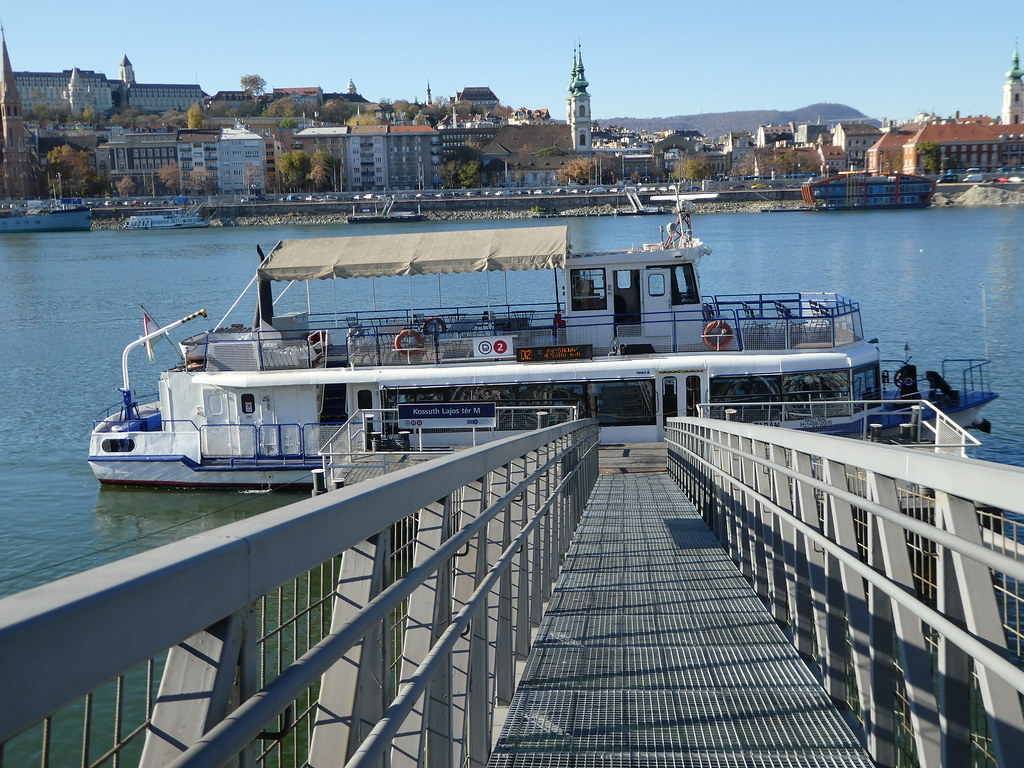
From there we walked along the Danube embankment as far as the public boat pier where the BKK D2 service was due to depart. This ferry boat is included in the travel card and our 20 minute journey across to Buda provided us with some stunning views of the Parliament, as from a distance we were able to take in its full beauty.
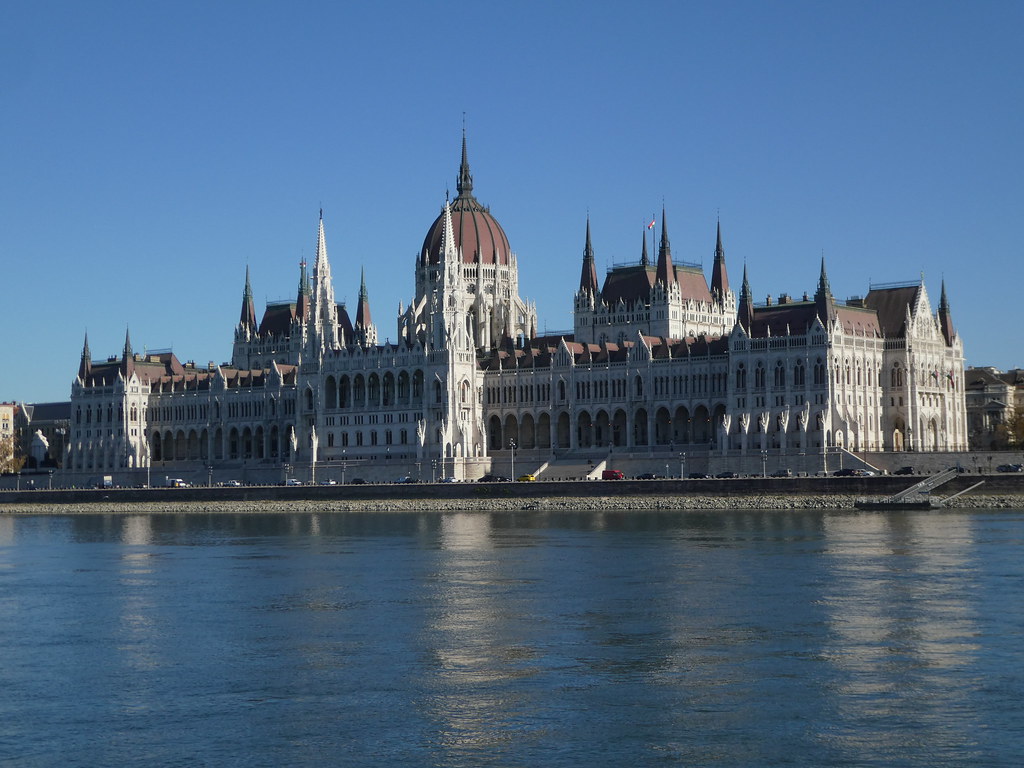
We left the ferry at the Várkert Bazár (Castle Garden) stop at the base of Castle Hill and then hopped on the small, electric Budapest Castle bus (included in the Budapest Card). This minibus takes visitors up the steep hill, making stops at numerous landmarks in the historic castle district. We decided to alight at Kapisztran Square, the home of the Military History Museum and Buda Tower.
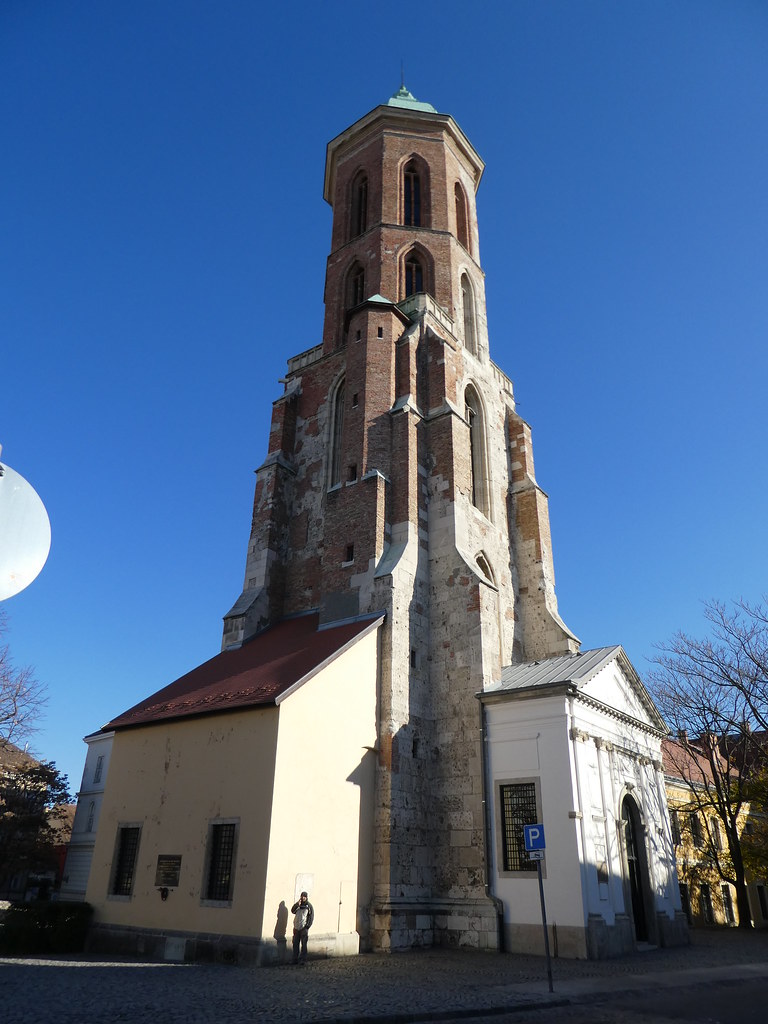
As it was such a beautiful morning we decided to climb the tower of the church of Mary Magdalene (Buda Tower). The church was built in the thirteenth century but suffered severe damage during the Second World War. It was closed for many years and its re-constructed tower was only re-opened to visitors during the summer of 2017. Entrance to the tower is HUF 1500 but free with the Budapest Card.
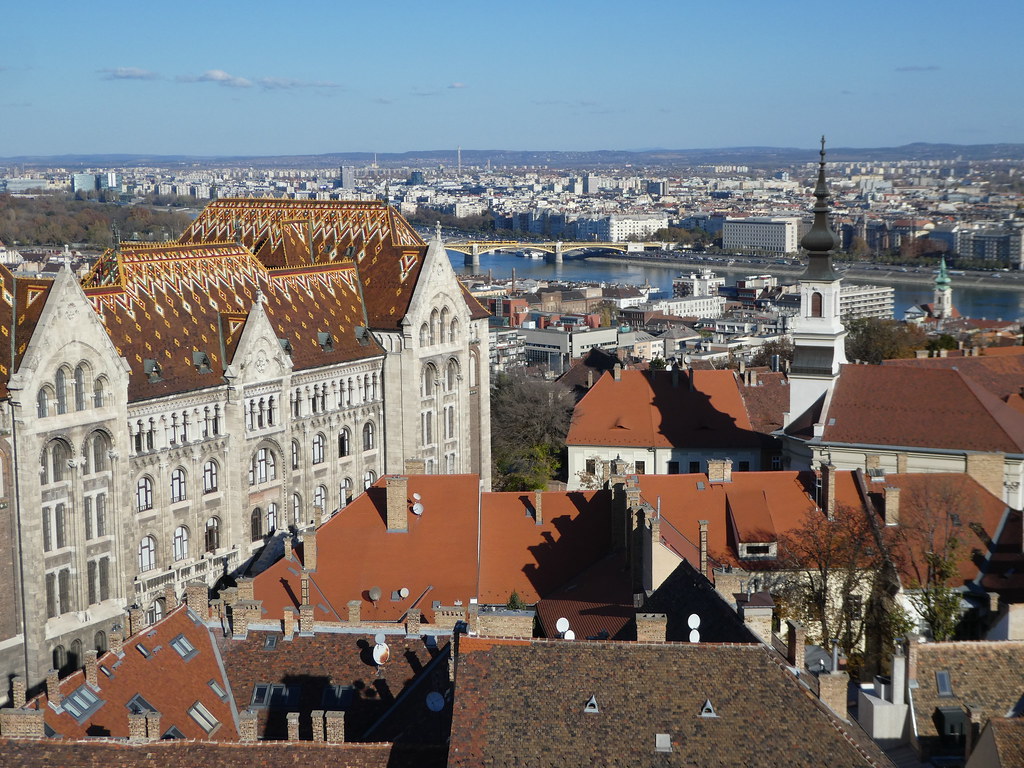
Our climb up the 170 steps began with a narrow stone, spiral staircase without a handrail and continued to the top by means of a newly installed metal spiral staircase complete with handrails. The upper viewpoint is enclosed but photos can be taken through the open windows. On such a clear day the views were breathtaking and I especially liked being able to see the elaborately tiled rooftop of the nearby National Archives of Hungary. Before leaving the church we looked in the small exhibition gallery on the ground floor which had a photographic exhibition depicting the devastation of World War II and of the 1956 revolution.
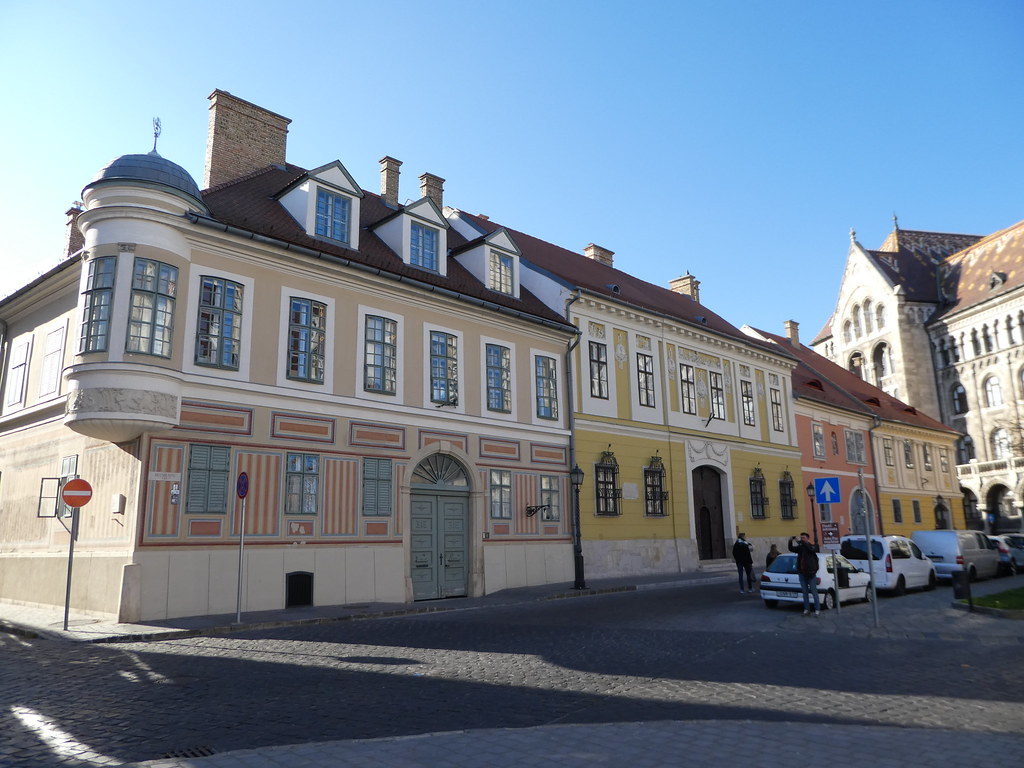
We then wandered through the historic streets of Buda. The entire castle district has been a UNESCO world heritage site since 1987 and it’s easy to see why as the narrow cobbled streets are lined with wonderful old buildings. The first inhabitants moved to Buda in the thirteenth century and during the rule of King Matthias in the fifteenth century it became one of Europe’s most influential cities.
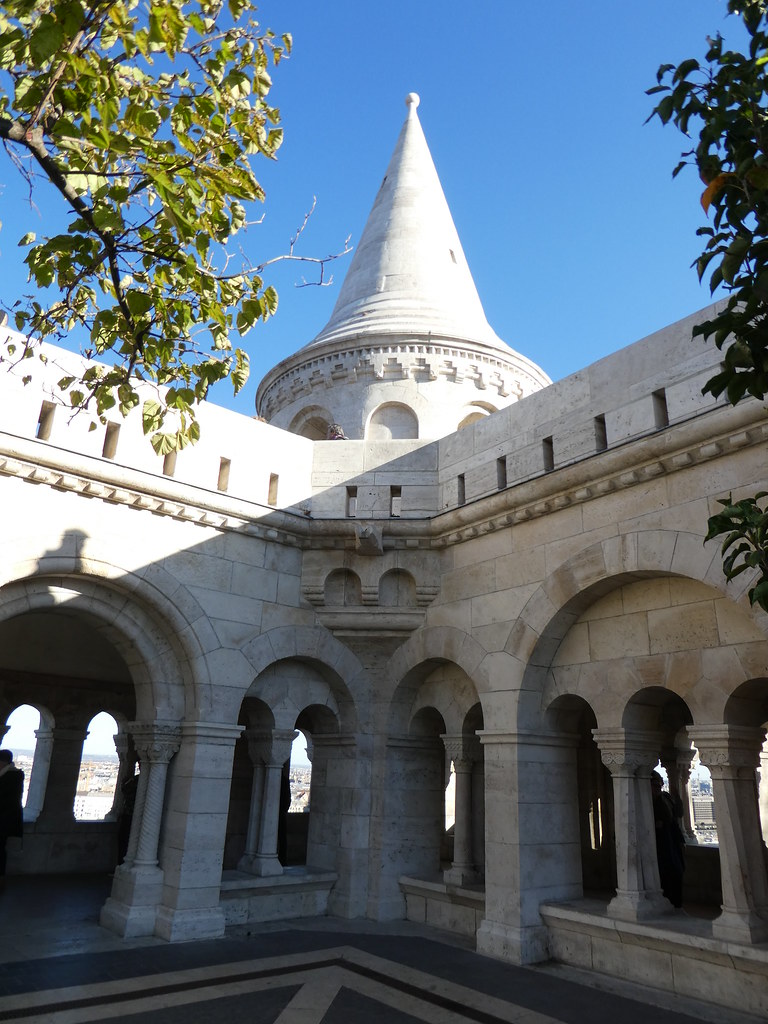
Our next stop was at the Fisherman’s Bastion. This fairytale like structure gives the appearance of being from the Middle Ages but was actually constructed between 1895-1902. Its seven turrets represent the seven Hungarian tribes who founded the present day country.
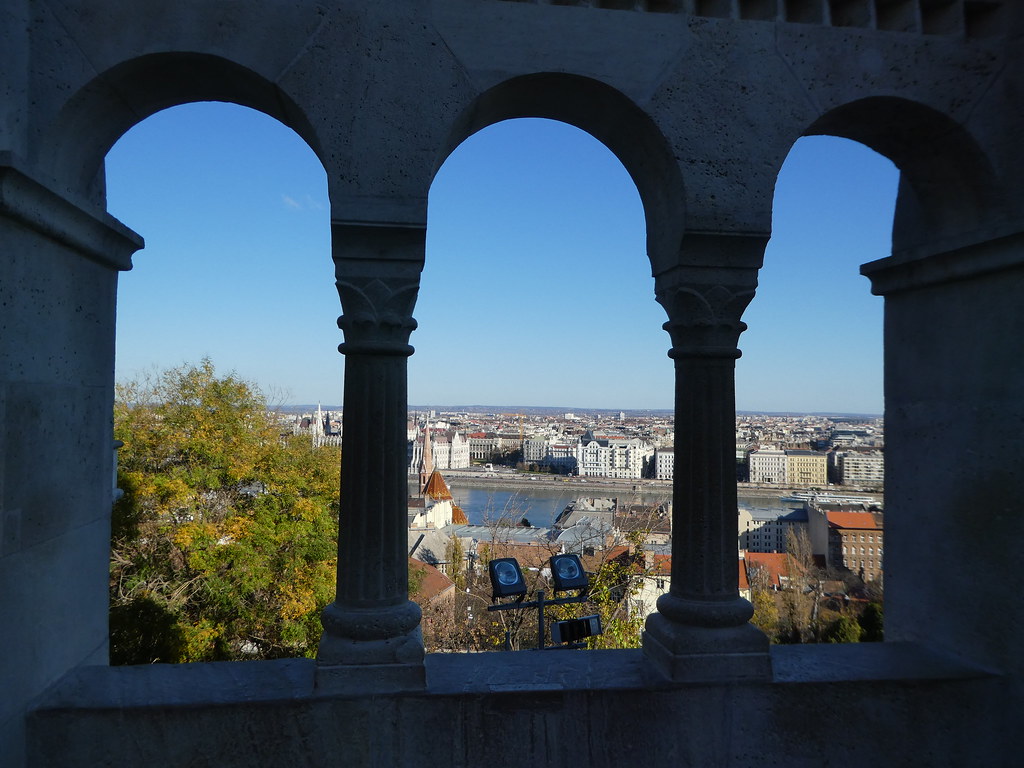
There are two explanations about the origin of the Bastion’s name. Some say that a fish market was located nearby in the Middle Ages and according to others the Buda side wall was thought to have been protected by the fishermen’s guild as the fishermen were responsible for defending this stretch of the city walls.
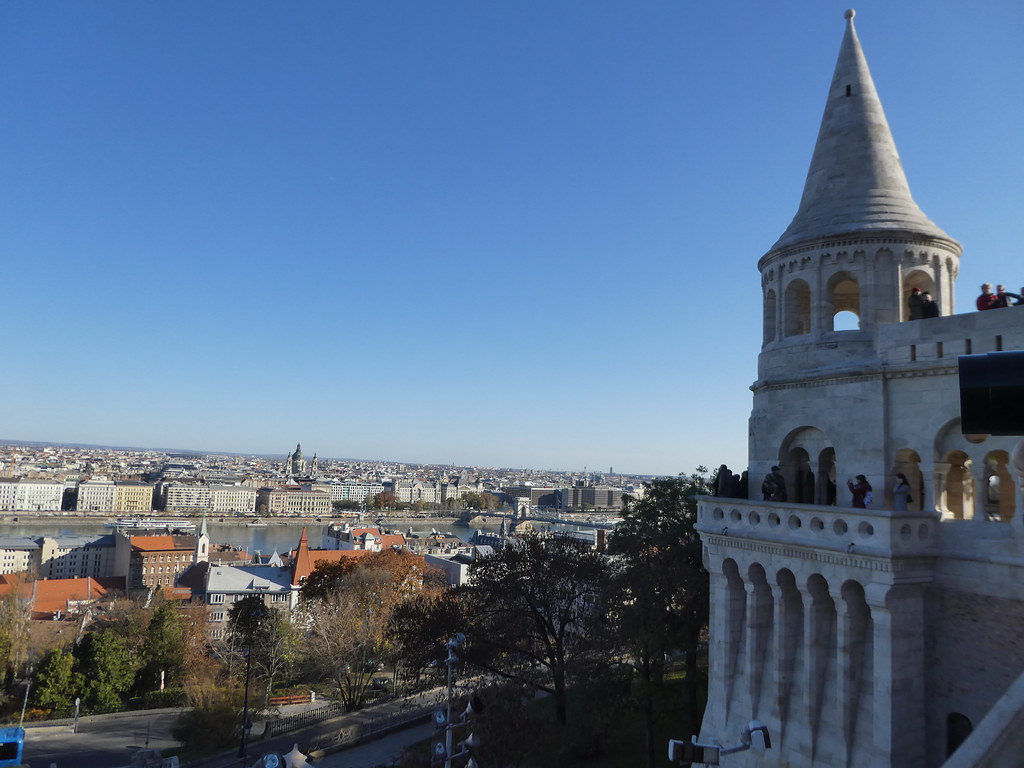
It’s free to walk along the lower terrace of the Fisherman’s Bastion but should you wish to climb to the upper level then an entrance fee of HUF 800 (£2.20) is payable (10% discount with Budapest Card). The panoramic views from the lookout terrace were stunning and our cameras clicked away repeatedly taking in views of the Danube, Margaret Island and across the river to Pest.
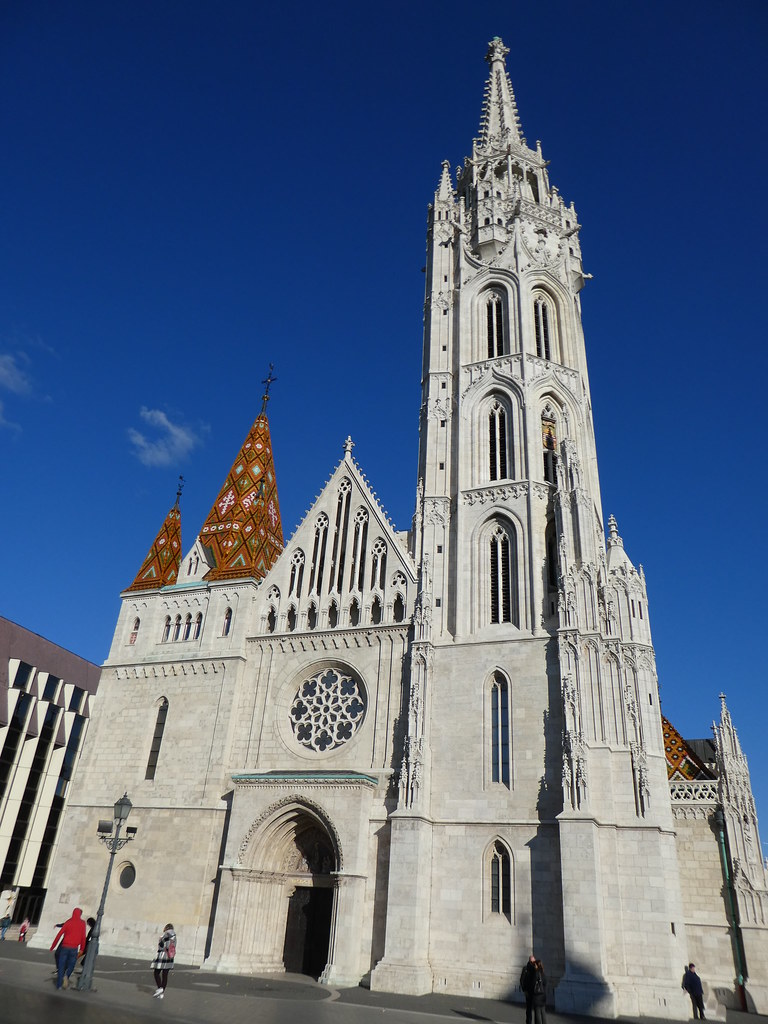
Standing in front of the Fisherman’s Bastion is the magnificent Matthias Church which was originally built in Romanesque style in 1015. The current building dates from the 14th century and was designed in late Gothic style. After admiring the church we continued along the narrow lanes to the Hungarian Presidential Palace which is located next to the funicular station. Changing of the Guards takes place on the hour each day with the military tradition having been revived since 2003 when the Hungarian president moved to the Palace.
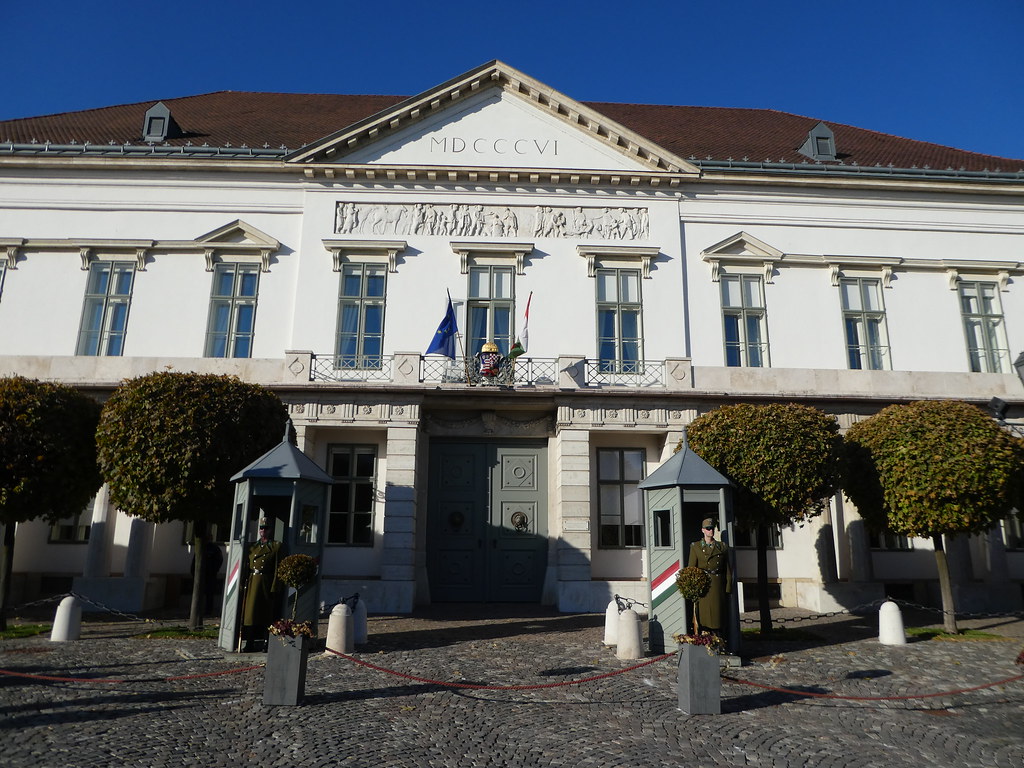
Continuing, we made our way to the Hungarian National Gallery which is located in several wings of Buda Castle. It’s worth a visit just to admire the building with its exquisite domed ceiling and as it was included in the Budapest Card, we called in for a little look around, normal admission to the permanent exhibitions is HUF 1800 (£4.95). The gallery displays the development of Hungarian art from the Middle Ages through to modern times. I did not take any photos of paintings as it’s necessary to purchase an additional photographer’s ticket to be able to do so.
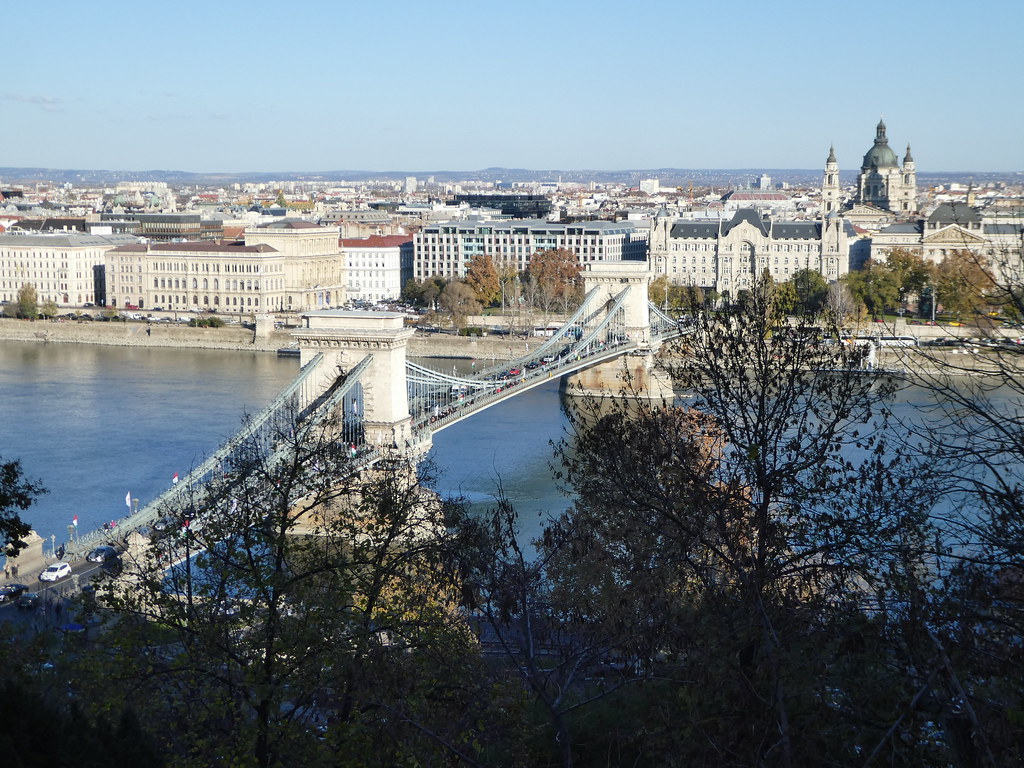
After leaving the gallery we wandered along the path as far as the National History Museum but instead of going in, we took a downhill path and stood on one of the small bridges crossing the funicular to take some photos as it passed along the track.

From the riverside we took a No.41 tram along to Székely Kálmán where we found a coffee shop for a nice sit down and some cups of frothy coffee. Feeling refreshed, we then boarded another tram to the bottom station of the historic cog railway (both trams 59 and 61 take this route). It was approaching 4.00 p.m. and we thought it would be a good idea to watch the sun set from the top of the Buda Hills.
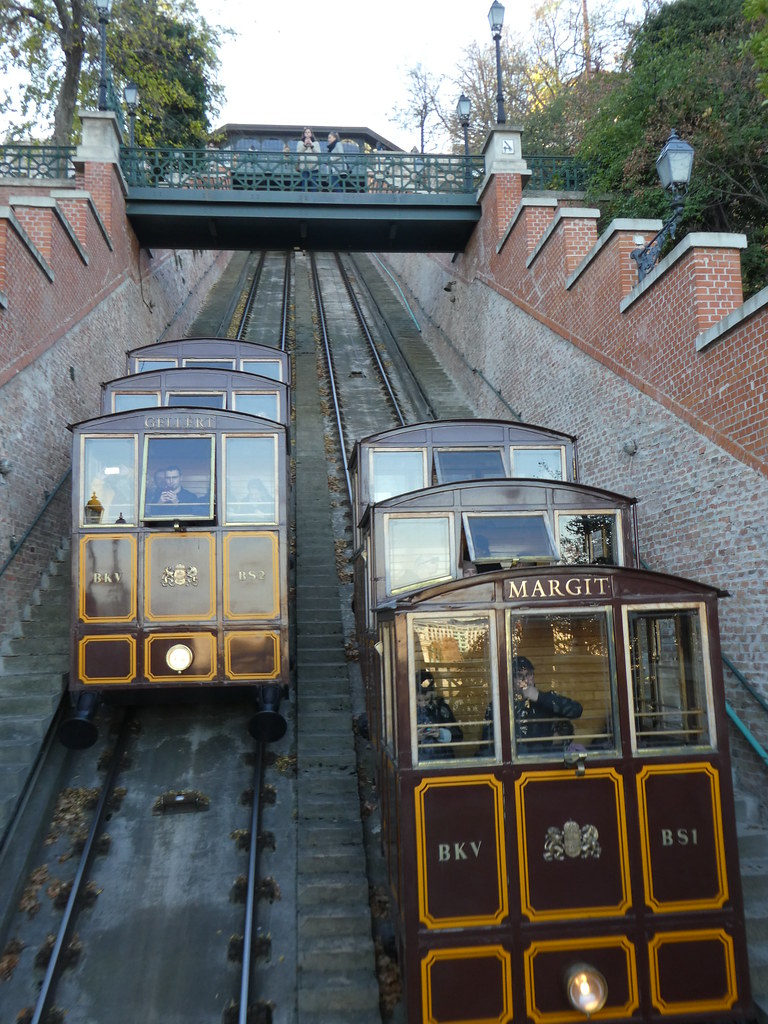
Sadly, our plans were thwarted as we discovered that the cog railway was closed for extensive maintenance. The sign seemed to indicate that we should take rail replacement Bus 21 to Svábhegy from where the railway was operating. After reaching this point we realised that the entire line was out of action and it was almost dark. All wasn’t lost though as we spotted an attractive restaurant called Bahai Halászcsárda specialsing in local cuisine so we decided to return there later in the evening for dinner.
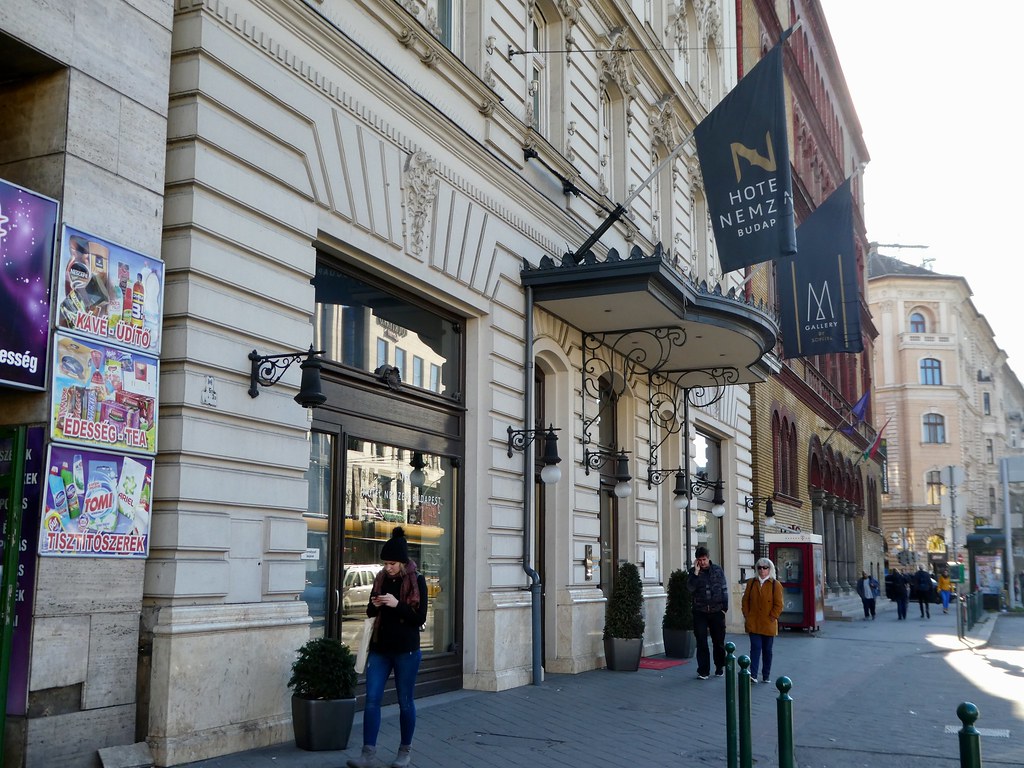
It was then back to the hotel for a short rest before returning to the Buda Hills for our evening meal where we enjoyed baked trout with almonds and chicken breast with a parmesan crust along with a couple of local beers. It had been worth the 30 minute metro and bus journey to get there as it was a typical Hungarian restaurant away from the tourist trail.
As this will be my final post of 2018, I would like to take this opportunity of wishing you all a very happy new year! It’s been a splendid year for me – I’ve taken 26 flights and visited nine countries including three I hadn’t been to before – South Korea, The Philippines and Lithuania. I do hope 2018 has been a really good year for all of you as well, whatever you may have been doing. It’s been lovely continuing my blogging journey throughout the year and having the pleasure of being able to interact with so many of you through the comments section – that’s what makes blogging so special for me. Let’s hope that 2019 will be an extremely good one for all of us!
Thank you for taking the time to follow my blog and read my posts, it’s much appreciated. I do hope my travel writing inspires some of you to visit places you might not have thought of, be they near or far. I’m already excitedly making plans to visit some interesting new destinations in the coming months which will hopefully provide me with lots more interesting things to write about!
If you have enjoyed reading this post you may also be interested in the following:


Leave a comment